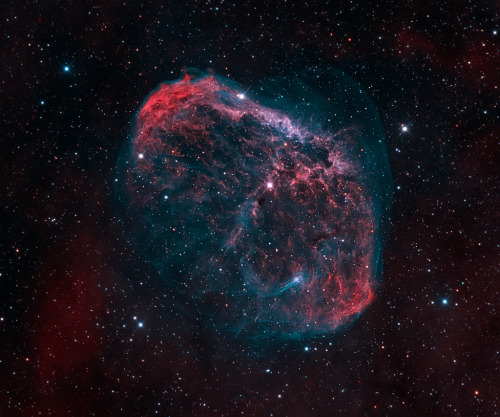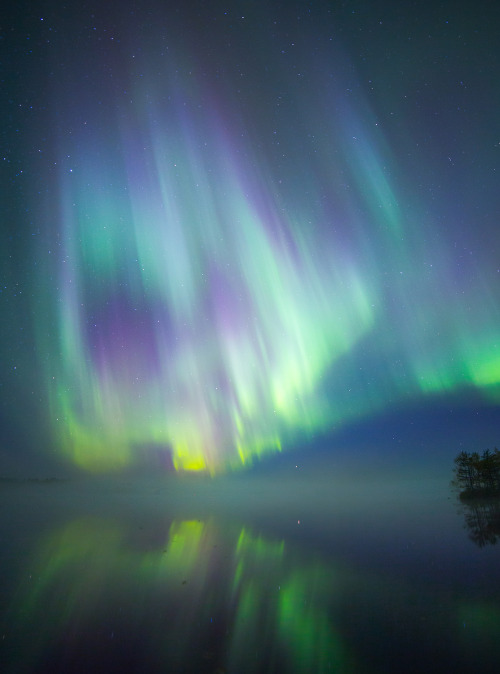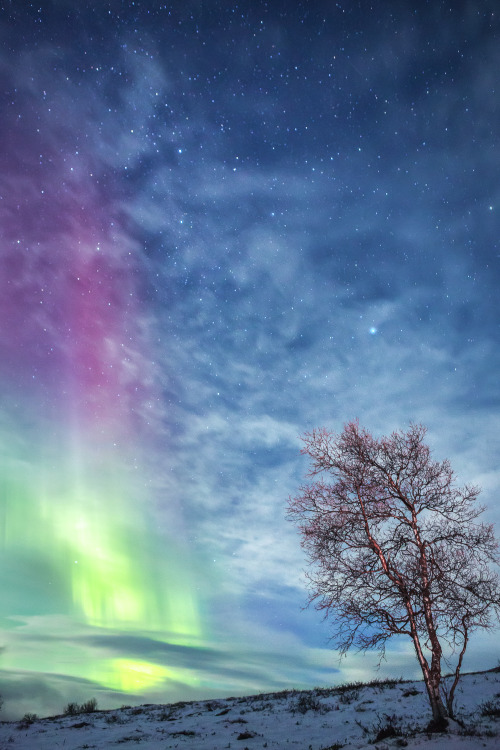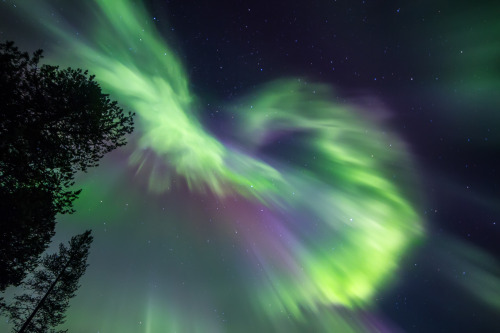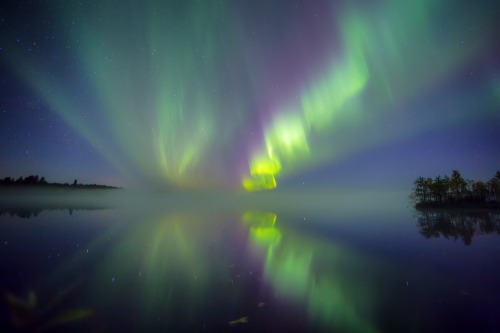Just Space, math/science and nature. Sometimes other things unrelated may pop up.
119 posts
Latest Posts by space-and-stuff-blog1 - Page 3

Horsehead Nebula // Barnard 33


Plumbogummite
Locality: Yangshuo Mine, Yangshuo Co., Guilin Pref., Guangxi Zhuang, China

Aurora Borealis, Doing Time by Dana McMullen’s Imageroom

Gateway to the Unknown Arches National Park, UT Credit: Jeff Berkes

The Porpoise Galaxy

The Great Red Spot on Jupiter gets smaller by 580 miles per year


Centaurus A. Same object. Different wavelengths.
It’s scary to think most of our universe is invisible to us






The Ringed Planet
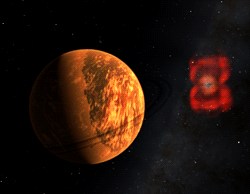
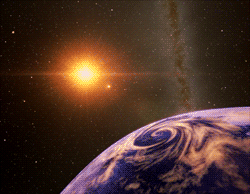
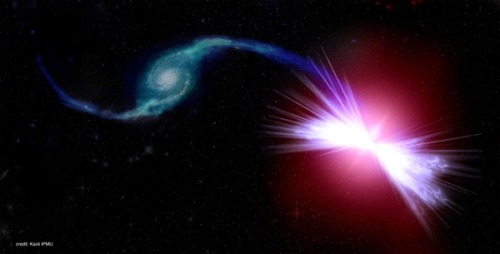
Afraid of Global Warming? Well, now there’s Galactic Warming from our dear friends, those super-massive black holes lurking just about everywhere a galaxy has sprouted up.
These wacky systems are so extreme as to completely skip out of many generations of new stars, leaving a severe stellar age gap in these galaxies, given an entirely new class called “red geysers”.
[First two images are gifs from “Space Engine”, the second is a rendering of the red geyser Akira galaxy sapping off of Tetsuo, it’s neighbor ]








Very strange things happen to your body if you spend a year in space
NASA Astronaut Scott Kelly returns to Earth Tuesday night after spending almost a year in space.
But his 340 days aboard the International Space Station (ISS) haven’t been all fun and games.
Our bodies evolved on Earth, so they’re not built for weightlessness — which is exactly why NASA plans to use Kelly to study the long-term effects of spaceflight the human body.
Largest Collection of Planets EVER Discovered!
Guess what!? Our Kepler mission has verified 1,284 new planets, which is the single largest finding of planets to date. This gives us hope that somewhere out there, around a star much like ours, we can possibly one day discover another Earth-like planet.

But what exactly does that mean? These planets were previously seen by our spacecraft, but have now been verified. Kepler’s candidates require verification to determine if they are actual planets, and not another object, such as a small star, mimicking a planet. This announcement more than doubles the number of verified planets from Kepler.

Since the discovery of the first planets outside our solar system more than two decades ago, researchers have resorted to a laborious, one-by-one process of verifying suspected planets. These follow-up observations are often time and resource intensive. This latest announcement, however, is based on a statistical analysis method that can be applied to many planet candidates simultaneously.
They employed a technique to assign each Kepler candidate a planet-hood probability percentage – the first such automated computation on this scale, as previous statistical techniques focused only on sub-groups within the greater list of planet candidates identified by Kepler.
What that means in English: Planet candidates can be thought of like bread crumbs. If you drop a few large crumbs on the floor, you can pick them up one by one. But, if you spill a whole bag of tiny crumbs, you’re going to need a broom. This statistical analysis is our broom.

The Basics: Our Kepler space telescope measures the brightness of stars. The data will look like an EKG showing the heart beat. Whenever a planet passes in front of its parent star a viewed from the spacecraft, a tiny pulse or beat is produced. From the repeated beats, we can detect and verify the existence of Earth-size planets and learn about their orbits and sizes. This planet-hunting technique is also known as the Transit Method.

The number of planets by size for all known exoplanets, planets that orbit a sun-like star, can be seen in the above graph. The blue bars represent all previously verified exoplanets by size, while the orange bars represent Kepler’s 1,284 newly validated planets announced on May 10.

While our original Kepler mission has concluded, we have more than 4 years of science collected that produced a remarkable data set that will be used by scientists for decades. The spacecraft itself has been re-purposed for a new mission, called K2 – an extended version of the original Kepler mission to new parts of the sky and new fields of study.

The above visual shows all the missions we’re currently using, and plan to use, in order to continue searching for signs of life beyond Earth.
Following Kepler, we will be launching future missions to continue planet-hunting , such as the Transiting Exoplanet Survey Satellite (TESS), and the James Webb Space Telescope. We hope to continue searching for other worlds out there and maybe even signs of life-as-we-know-it beyond Earth.
Make sure to follow us on Tumblr for your regular dose of space: http://nasa.tumblr.com










10+ Galaxy Sweets That Are Out Of This World
Really nice recipes. Every hour.
Show me what you cooked!











